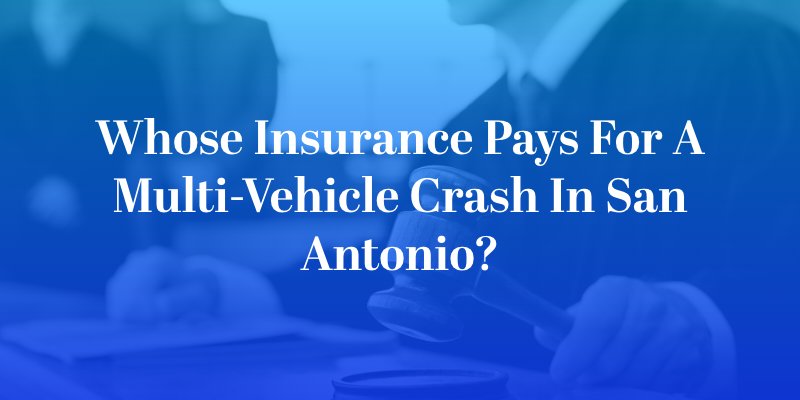Multi-vehicle car accidents can be particularly devastating due to the number of people involved. These are accidents that implicate three or more vehicles, such as a pileup or chain-reaction collision. If you or a loved one was injured in a multi-vehicle crash in San Antonio, you may need help from an accident attorney in San Antonio to determine who is responsible.
Common Causes of Multi-Car Accidents in Texas
A disaster such as a serious multi-vehicle crash is often avoidable. Drivers in Texas have a legal duty to operate their vehicles safely, prudently and in a manner that prevents car accidents. Failing to do so is known as negligence, which can make the driver liable or financially responsible for a resultant crash.
Common causes of multi-vehicle accidents in San Antonio include:
- Distracted driving
- Texting while driving
- Driving under the influence
- Drowsy driving
- Speeding
- Following too closely (tailgating)
- Unsafe lane changes
- Failing to yield the right-of-way
- Intersection accidents and red-light running
- Vehicle mechanical failures
- Unsafe road or weather conditions
Preventing multi-vehicle car accidents in Texas takes a combination of factors, including driver education and awareness, traffic law enforcement, and safe roads and infrastructure design. When a multi-vehicle accident takes place in San Antonio, an investigation may be performed to determine the cause and try to prevent future such accidents from occurring.
A multi-vehicle car accident case is more difficult to resolve than a crash with only two drivers. With three or more drivers involved, fault can be divided between multiple parties. In Texas, the person or party most at fault for causing a car accident is held liable for innocent victims’ medical bills and property damage. If more than one party is found responsible, they may each be required to pay a portion of the damages.
There is a comparative negligence rule in Texas that states that any victim who is found less than 50 percent responsible for an accident can recover partial compensation. However, the amount recoverable will be reduced by a percentage that matches the individual’s degree of fault. For example, if one driver is allocated 30 percent of fault for a multi-vehicle collision, his or her recovery award from other parties would be reduced by 30 percent.
How to Prove Fault in a Multi-Vehicle Accident Claim
In a chain-reaction accident, the fault often rests with the driver of the first vehicle that made contact with another vehicle. Here is an example: if Driver C crashes into the back of Driver B and the force of the rear-end collision causes Driver B to crash into Driver A, Driver C would be held liable for both other drivers’ losses – even though Driver C’s car never touched Driver A. This is because Driver C caused the initial collision that started the chain reaction.
In other types of multi-vehicle collisions, multiple parties may share fault for the crash. You may need evidence such as a police report, expert witness testimony, photographs and crash reconstruction to prove your case against another driver. It is important to hire a personal injury attorney in San Antonio to represent you during your insurance claim if someone is blaming you for the accident.
If an insurance company is attempting to devalue your claim or avoid liability entirely, you may need an attorney to take over negotiations for you. To consult with a qualified attorney who specializes in car accident cases in Texas, contact Hill Law Firm for a free case review.

